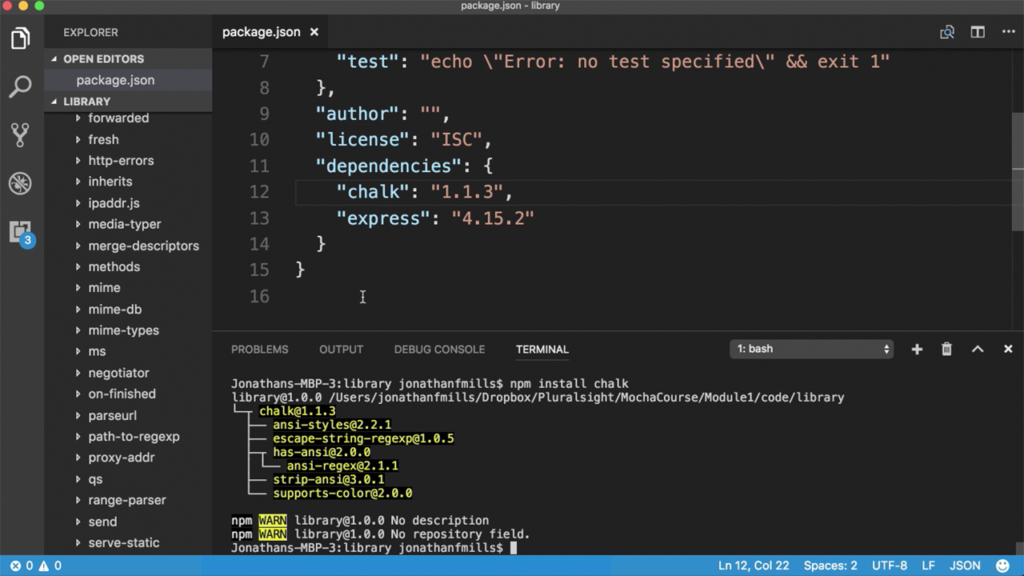Are you ready to take your Node.js skills to the next level and build real-time applications like a pro? In this article, we’ll cover the essential concepts, tools, and techniques you need to master Node.js and build scalable, high-performance real-time applications.
What is Node.js?
Node.js is a JavaScript runtime environment built on Chrome’s V8 JavaScript engine. It allows developers to run JavaScript on the server-side, creating scalable and high-performance web applications.

Why Node.js for Real-Time Applications?
Node.js is particularly well-suited for real-time applications due to its:
- Asynchronous and Event-Driven Architecture: Node.js is built on an asynchronous, event-driven, non-blocking I/O model, making it ideal for real-time applications.
- Fast and Lightweight: Node.js is built on Chrome’s V8 JavaScript engine, providing a fast and lightweight execution environment.
- Large Ecosystem: Node.js has a vast ecosystem of open-source libraries and frameworks, making it easy to find and use pre-built components.

Essential Concepts for Building Real-Time Applications with Node.js
To build real-time applications with Node.js, you need to understand the following essential concepts:
- WebSockets: WebSockets provide a bi-directional, real-time communication channel between the client and server.
- (link unavailable): (link unavailable) is a popular Node.js library for building real-time applications, providing a simple and intuitive API for working with WebSockets.
- Redis: Redis is an in-memory data store that provides a fast and efficient way to store and retrieve data in real-time applications.
- Node.js Clustering: Node.js clustering allows you to scale your application horizontally, providing a way to handle increased traffic and demand.

Tools and Techniques for Building Real-Time Applications with Node.js
To build real-time applications with Node.js, you’ll need to use the following tools and techniques:
- Node.js Frameworks: Popular Node.js frameworks like Express.js, Koa.js, and Hapi provide a structured way to build web applications.
- Real-Time Data Stores: Redis, MongoDB, and Apache Cassandra are popular real-time data stores that provide fast and efficient data storage and retrieval.
- WebSockets and (link unavailable): Use WebSockets and (link unavailable) to establish real-time communication channels between the client and server.
- Load Balancing and Scaling: Use load balancing and scaling techniques to ensure your application can handle increased traffic and demand.

Best Practices for Building Real-Time Applications with Node.js
To ensure your real-time application is scalable, high-performance, and reliable, follow these best practices:
- Use a Load Balancer: Use a load balancer to distribute incoming traffic across multiple servers.
- Implement Caching: Implement caching mechanisms to reduce the load on your database and improve performance.
- Use a Real-Time Data Store: Use a real-time data store like Redis or MongoDB to store and retrieve data in real-time.
- Monitor and Debug: Monitor and debug your application regularly to identify and fix issues before they become critical.

Conclusion
Building real-time applications with Node.js requires a deep understanding of the essential concepts, tools, and techniques. By mastering Node.js and following best practices, you can build scalable, high-performance real-time applications that provide a seamless user experience.

Meta Description:
Master Node.js and build real-time applications like a pro. Learn essential concepts, tools, and techniques for building scalable, high-performance real-time applications.
Keywords:
- Node.js
- Real-time applications
- WebSockets
- (link unavailable)
- Redis
- Node.js clustering
- Load balancing
- Scaling
Header Tags:
- H1: Master Node.js: Build Real-Time Applications like a Pro
- H2: What is Node.js?
- H2: Why Node.js for Real-Time Applications?
- H2: Essential Concepts for Building Real-Time Applications with Node.js
- H2: Tools and Techniques for Building Real-Time Applications with Node.js
- H2: Best Practices for Building Real-Time Applications with Node.js
- H3: WebSockets
- H3: (link unavailable)
- H3: Redis
- H3: Node.js Clustering
- H3: Load Balancing and Scaling

